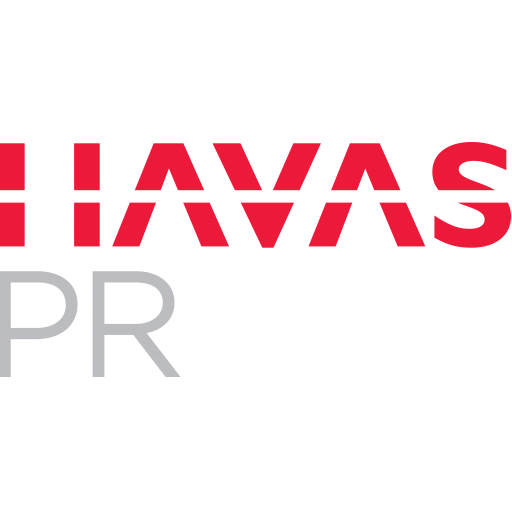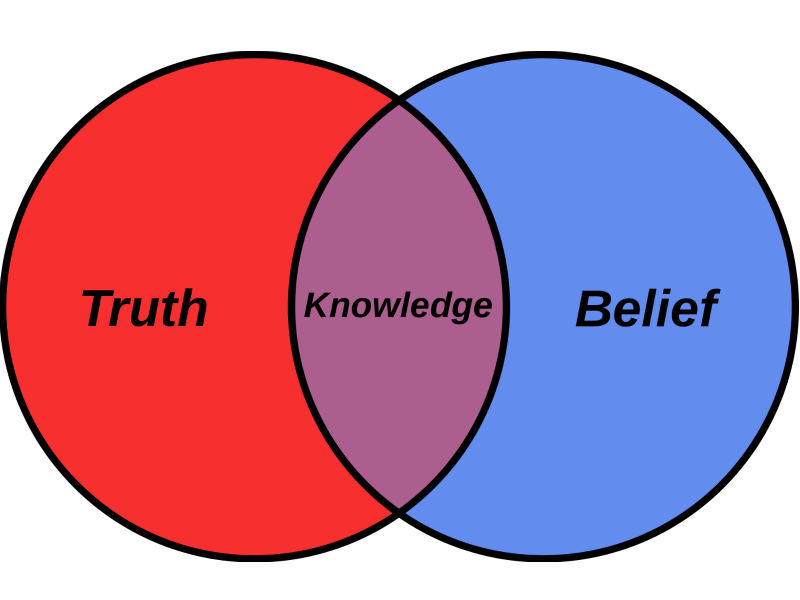Marian Salzman 02 Jul 2015 // 9:27PM GMT

There’s no getting around it: Millennials are digital natives and the rest of us aren’t. Older generations in the office have the experience and at least some of the wisdom, but it would be hard to match the wiredness of the youngest working generation.
But we’re all part of the here-and-now hyperconnectivity, and anybody claiming to be a PR professional today has to be seriously up to speed with all things digital.
Still, different generations of PR professionals approach the art and science of newscrafting in their own ways. Based on what I’ve seen over my years as a millennial-watcher, a spotter of generational trends, a boss, and, yes, even once the youngest person in the room (you know that story about Bill Clinton as Rip Van Winkle—one day Mr. C woke up and discovered he had gone from youngsta to oldster? Well, that’s me), here’s a quick run-through of how I see the differences playing out based on the six decades in which today’s workforce were born:
Born in the 1940s: This group spent its early years in a highly regulated and predictable media environment: TV, radio, movies, vinyl. Period. They grew up on stories that stuck with the classic certainties of good versus bad and beginning–middle–ending (usually a happy one). The prevailing view of the world was black and white—not just because of monochrome TV images, but also because of the Cold War (evil communism versus good democracy) and simple Hollywood narratives (cops versus robbers, white hats versus black hats). Racism and sexism were widespread, unconscious and unquestioned. Technology was a twinkle in a few eyes.
Their expectation: Audiences are attentive, passive and respect voices of authority.
Born in the 1950s: Their early years were also spent in a regulated and stable media environment: TV, radio, movies, vinyl. By this group’s teens, things were getting turbulent and stories of good versus bad were being challenged. Opposition to the Vietnam War fueled countercultural storylines. Racism and sexism were still widespread and still mostly unconscious, but they were beginning to be questioned. Technology was color TV, portable (transistor) radios and the space race.
Their expectation: Audiences are interested and occasionally questioning but ultimately open to being convinced by the right authority.
Born in the 1960s: This group was raised in an environment in which media channels were stable but media content was increasingly pushing the boundaries. Their teens were rocked by news of high-level political turbulence (Nixon impeachment, Middle East), energy problems (OPEC, Love Canal) and stories of conspiracies. Nothing was what it seemed, and nobody could be trusted. Racism and sexism were being challenged. Technology was getting personal and fun—remember the original calculators and console games?
Their expectation: Audiences are either suckers or skeptics. Convincing them takes a touch of irony that the suckers won’t notice and the skeptics will appreciate.
(And those of us born in the ’50s and ’60s will sound as dumb as my mom did when she said, “Groovy” when we opine about virtuality and, yes, reality, since who knows what’s real unless it’s experienced through a generational spin?)
Born in the 1970s: Raised in an environment where colorful media content worked hard to entertain and inform (“Sesame Street,” for starters), this group in its teens saw a world that was through with uncertainty and embraced simple narratives like U.S. President Reagan’s: Good would triumph over evil, and any problem could be solved with free enterprise, hard work and shopping. It seemed as if racism and sexism were solved, but they carried on under the radar. Technology: Sony’s Walkman and cassette tapes, early desktop computers.
Their expectation: Audiences are looking for simple narratives that end well and for voices of credible authority to reassure them.
Born in the 1980s: Raised in an environment in which media channels were starting to proliferate, they watched as MTV provided both the soundtrack and video background to people’s lives; CNN was always there for news. Their teens were a mix of go-go economic optimism and political seesawing (in the U.S., President Clinton was both hero and villain). Questions of race and gender were back on the agenda. Computers and the Internet gripped the nation, gaming went mainstream and Silicon Valley was the coolest place on the planet.
Their expectation: Audiences are restless and easily switch between technologies. To be influenced, they need to be entertained and engaged with information presented in multiple complementary ways.
Born in the 1990s: Raised in an immersive multichannel media environment of personal computers, cellphones and the Web, this group saw a world with angst as the norm; 9/11 was followed by terrorist fears, wars in Afghanistan and Iraq, and the financial meltdown, not to mention climate change and lowered lifestyle expectations. Diversity was the air they breathed—and not just in terms of race and gender, but religion and sexual orientation, too. Technology became portable, always on, always connected and constantly upgraded. Games set new levels of narrative complexity.
Their expectation: Audiences are there all the time somewhere—more likely on a mobile device than not. To be influenced, they must be engaged in conversation and sharing information they find worthwhile.
As millennials become a bigger part of the PR workforce and a bigger part of the market, PR’s approach to newscrafting is being revolutionized. Storylines can’t be created anymore with a simple A-to-B linear logic, because audiences can no longer be expected to access them in an orderly time sequence. We now have to craft news that can loop back and forth in time and morph between media platforms, linked together by a single narrative thread.
Marian Salzman is CEO of Havas PR.


































.jpg)














